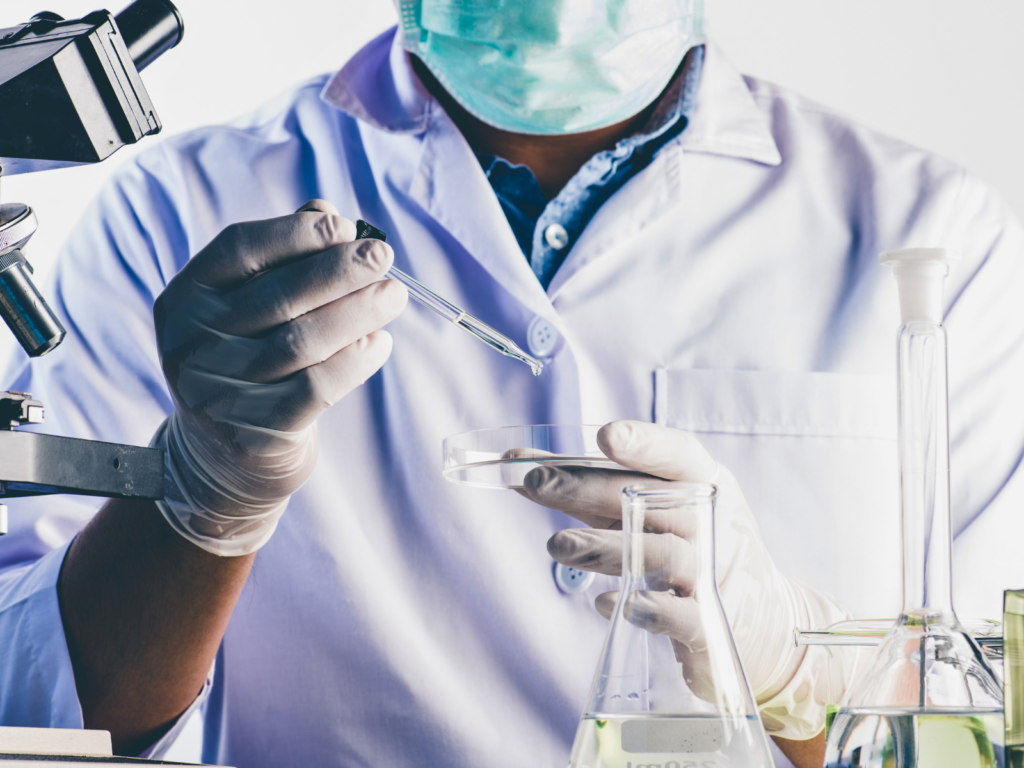Why is Proper Care for Your Lab Balance Crucial for Achieving Precise Results?
In scientific research, laboratory balances are essential tools to ensure accurate measurements. It is important, however, to maintain and care for them properly to ensure their reliability. The purpose of this guide is to explore essential practices for the accurate and long-term maintenance of laboratory balances, thus protecting the integrity of scientific results.
Laboratory balances come in various types, including analytical balances, precision balances, and microbalances, each designed for specific applications. Analytical balances, for instance, offer high precision for weighing small samples, while precision balances provide accuracy for larger masses. Understanding the capabilities and limitations of each type is crucial for optimal performance.

Precision Balance
Precision balances are slightly less sensitive, with a readability generally starting around 1 milligram, suitable for applications where extremely high precision is not essential.

Analytic Balance
Analytic balances have a readability in the range of 0.1 milligrams, allowing them to measure substances with exceptional accuracy, thus are commonly used in analytical chemistry and research.

Microbalance
Microbalances are the most sensitive of the three, offering readabilities as low as 0.1 microgram, often used in pharmaceutical and research applications.
Calibration and Verification:
Regular calibration is paramount to maintain accuracy. Balances should be calibrated according to manufacturer guidelines or industry standards, using certified weights. Additionally, routine verification checks ensure continued accuracy between calibrations. Verification should be performed with suitable test weights, verifying performance across the balance’s entire range.
Environment and Placement:
The environment in which a laboratory balance operates significantly impacts its accuracy. Balances should be placed on stable, level surfaces, away from sources of vibration, drafts, and temperature fluctuations. Ideally, balances should be situated in a controlled environment with stable temperature and humidity levels to minimize measurement variability.



Proper Handling and Operation:
Careful handling is crucial to prevent damage to delicate components. Users should avoid placing excessive loads on balances, as well as sudden impacts or movements. When operating the balance, ensure that the weighing chamber is clean and free of contaminants that could affect measurements. Additionally, avoid touching the weighing pan with bare hands to prevent oil and moisture transfer.
Cleaning and Maintenance:
Regularly clean your balance to eliminate dust, debris, and residues that may lead to problems. Use mild cleaning solutions and non-abrasive materials, focusing on crevices and joints prone to contaminants. Follow manufacturer recommendations for routine maintenance, including lubricating moving parts.
Tips for Cleaning:
1) Follow the Manufacturer Guidelines:
Before cleaning your laboratory balance, consult the manufacturer’s guidelines and recommendations. Different models may require specific cleaning methods or products to avoid damaging sensitive components.
2) Use Gentle Cleaning Solutions:
Opt for mild cleaning solutions such as diluted detergent or isopropyl alcohol. Avoid harsh chemicals or abrasive cleaners that could corrode or damage the balance’s surfaces.
3) Disconnect Power Source:
Before cleaning, ensure the balance is disconnected from the power source to prevent electrical hazards. Follow proper safety procedures to minimize risks during maintenance.
4) Remove Residual Samples:
Clear the weighing pan of any residual samples or debris before cleaning. Use a soft brush or lint-free cloth to gently remove particles without scratching the surface.
5) Avoid Water Damage:
Minimize moisture exposure during cleaning to prevent water damage to electronic components. Use damp, not wet, cloths for wiping surfaces, and ensure they are completely dry before reassembling.
6) Clean Regularly:
Incorporate cleaning into your routine maintenance schedule to prevent the buildup of dirt and residues. Regular cleaning maintains accuracy and prolongs balance life by preventing corrosion and deterioration.
7) Focus on Moving Parts:
Pay special attention to moving parts such as doors, covers, and buttons, where contaminants can impede functionality. Use a cotton swab or soft brush to reach crevices and ensure thorough cleaning.
8) Handle with Care:
Handle delicate components, like the pan and doors, gently to prevent damage. Avoid excessive force or abrasive materials that may scratch or deform surfaces.


User Training and Documentation:
Proper care of laboratory balances requires knowledgeable users. Training programs should cover balance operation, maintenance procedures, and safety protocols. Additionally, comprehensive documentation, including operating manuals, calibration records, and maintenance logs, provides accountability and traceability of balance performance over time.
Troubleshooting and Repairs:
Inevitably, laboratory balances may encounter issues requiring troubleshooting and repairs. Users should know common troubleshooting techniques and when to seek professional assistance. Promptly addressing issues such as drift, erratic behavior, or error messages can prevent further damage and ensure minimal downtime.
Caring for laboratory balances is essential to maintaining measurement accuracy and reliability in scientific research. By adhering to proper calibration, handling, cleaning, and maintenance practices, users can ensure the longevity and performance of these critical instruments. Investing time and effort in care and maintenance ultimately safeguards the integrity of scientific results, advancing research and innovation in various fields.
Why Choose Allometrics?
By calibrating and maintaining your lab balance with Allometrics, you ensure precision and accuracy, which are essential for producing reliable scientific results. Allometrics employs skilled technicians who specialize in calibrating lab equipment to industry standards, guaranteeing your data integrity. Regular calibration by professionals helps maintain the balance’s accuracy over time, reducing the risk of errors and ensuring compliance with regulatory requirements. Additionally, Allometrics provides comprehensive care services, including preventative maintenance and repairs, prolonging your equipment’s lifespan, and optimizing its performance.
Trusting Allometrics for your lab balance calibration and care provides peace of mind and confidence in your experimental outcomes.





